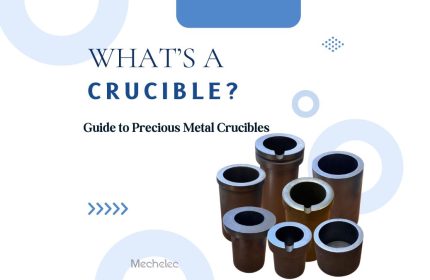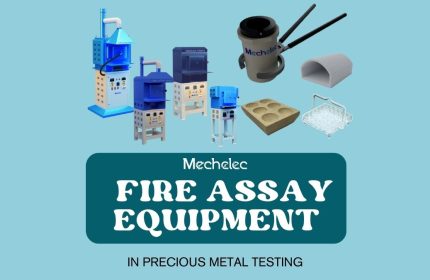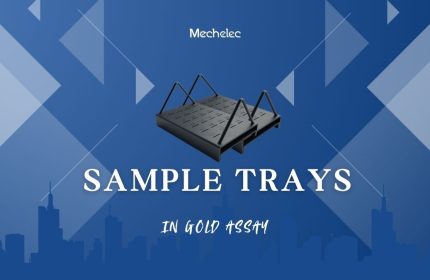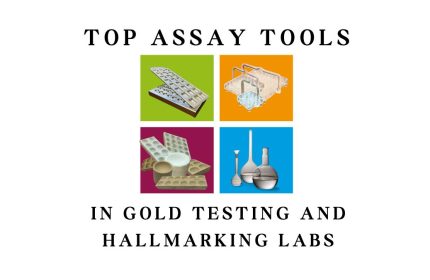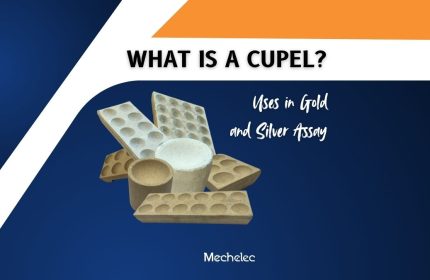In the world of gold refining, accuracy is non-negotiable. Every material used in the fire assay process must withstand harsh chemicals and extreme temperatures, while still delivering precise, repeatable results.
Among these tools, quartz parting trays play a vital role, especially during the parting stage of the fire assay. In this article, we’ll explore how the parting process works, why quartz is the ideal material, and how Mechelec’s trays help laboratories maintain precision and safety.
What Is the Parting Process in Gold Assay?
The parting process is a key stage in fire assay, used to separate gold from silver and base metals like copper, lead, and zinc. This is typically done using dilute nitric acid (HNO₃), which dissolves silver and base metals while leaving pure gold untouched.
🔁 Step-by-Step Breakdown:
1. Cupellation
The initial stage removes lead and other base metals. The sample is melted in a porous cupel at high heat, leaving a bead of precious metals.
Check out our Cupellation Furnaces or read more about the process
2. Weighing the Bead
The remaining bead—mainly gold and silver—is weighed to determine total precious metal content.
3. Parting (Quartz Tray in Use)
The bead is placed in a quartz parting tray and treated with nitric acid to dissolve silver. Gold remains.
4. Final Weighing
The remaining gold is washed, dried, and weighed to calculate gold purity.
Why Choose Quartz for Parting Trays?
Most traditional trays are made from ceramic or porcelain. However, quartz offers unique advantages that make it ideal for demanding refining environments:
1. Exceptional Thermal Stability
Quartz can withstand rapid temperature changes and high heat without cracking—perfect for samples that move from acid to heat sources.
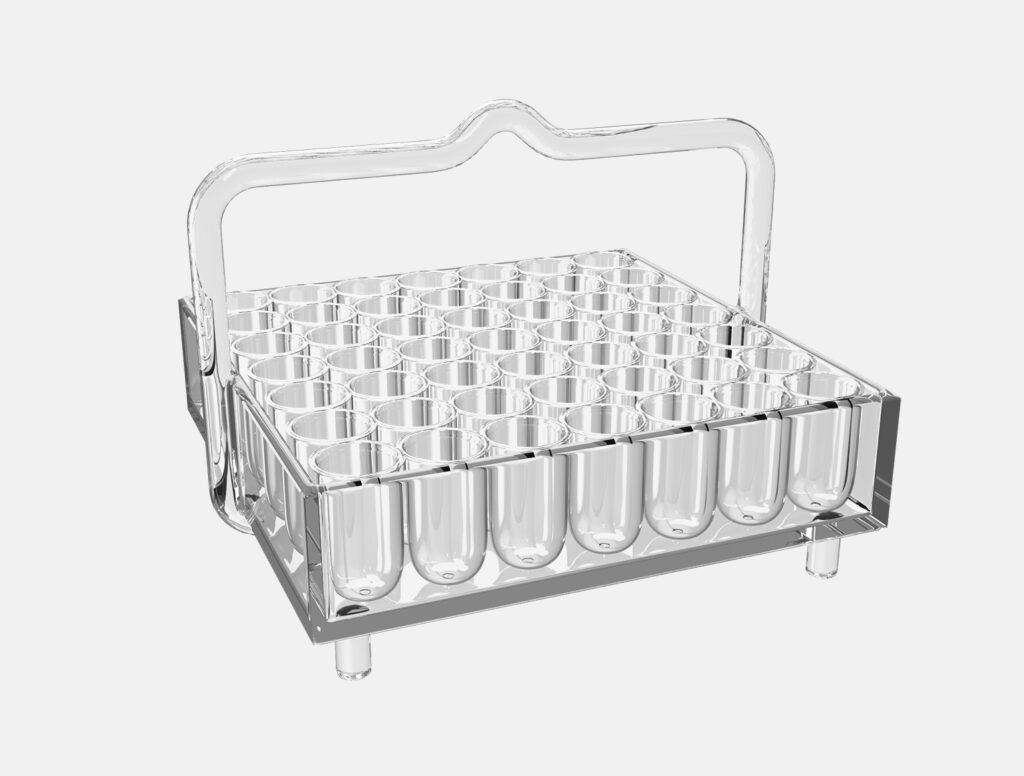
2. High Chemical Resistance
Quartz is inert to nitric acid, ensuring:
- No contamination of your sample
- No material degradation over time
3. Non-Porous Surface
Quartz’s low porosity means:
- No acid absorption
- No cross-contamination
- Easier cleaning and improved hygiene
4. Longer Lifespan
With proper care, quartz trays last significantly longer than ceramic or alumina alternatives, saving labs money over time.
How to Use Quartz Trays During the Parting Process
Follow these steps to ensure maximum efficiency and safety:
- Place the Beads
Transfer the gold-silver alloy beads (post-cupellation) into clean, dry quartz trays. Then insert them into a borosilicate beaker. - Add Nitric Acid
Use dilute nitric acid (1:1 or 1:2 ratio). The silver will dissolve, leaving behind pure gold. - Apply Gentle Heat
Heat the solution slowly using a hot plate. Quartz distributes heat evenly and resists thermal stress. - Wash the Residue
Wash the remaining gold multiple times with hot deionized water to remove any acid residue. - Dry the Tray
Place the tray on a hot plate or in a drying oven. - Weigh the Gold
Transfer the pure gold and weigh it for your final analysis.
Best Practices for Cleaning Quartz Trays
Although quartz is low-maintenance, routine cleaning extends its lifespan:
- After Each Use:
- Rinse thoroughly with deionized water
- Avoid metal scrapers—use soft brushes
- Air dry or use a warm oven
- Monthly Maintenance:
- Inspect trays for cracks or stains
- Avoid sudden cooling after heating to prevent shock
Why Mechelec Quartz Parting Trays Stand Out
At Mechelec Thermal General Trading LLC, our quartz parting trays are designed for maximum durability and lab performance:
- Made with high-purity quartz
- Available in 6 to 81-hole formats
- Built for repeated high-temperature cycles
- Compatible with both manual and automated assay lines
Whether you’re running small-batch refining or large-scale analysis, our trays are engineered to deliver consistent, contamination-free results.
✅ Conclusion
Quartz parting trays aren’t just accessories—they’re critical tools for labs seeking accuracy in gold assay. Their chemical resistance, thermal endurance, and easy-to-clean surface make them the gold standard in modern refining.
Ready to Upgrade Your Lab?
Get in touch with Mechelec for:
- Bulk orders
- Custom tray sizes
- Expert support and product recommendations
- Wide range of products
Contact us today and take the first step toward better precision in gold refining.

